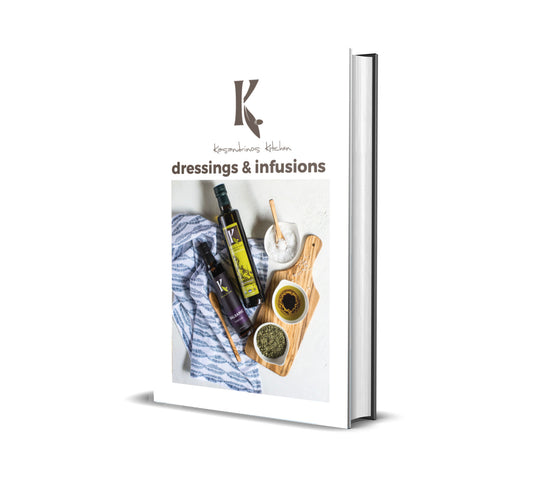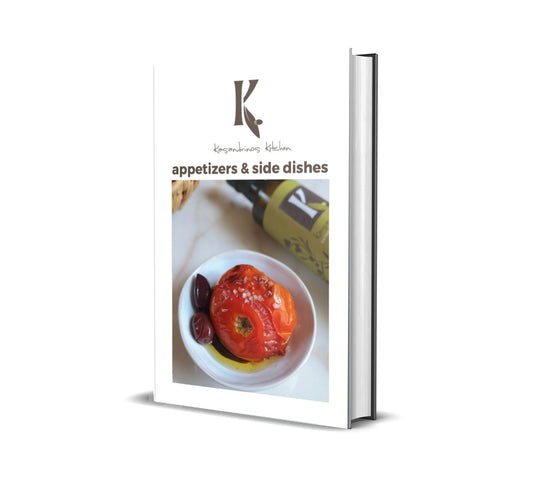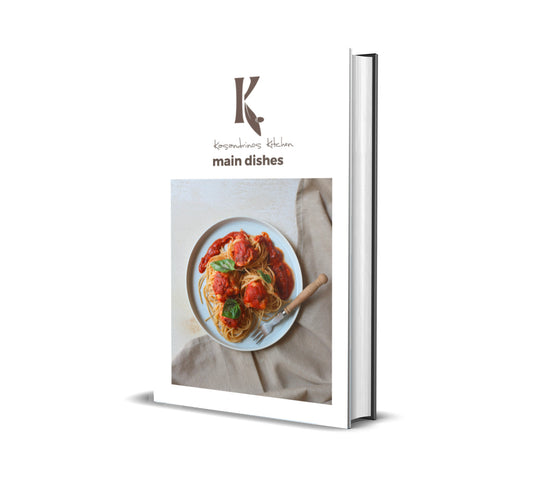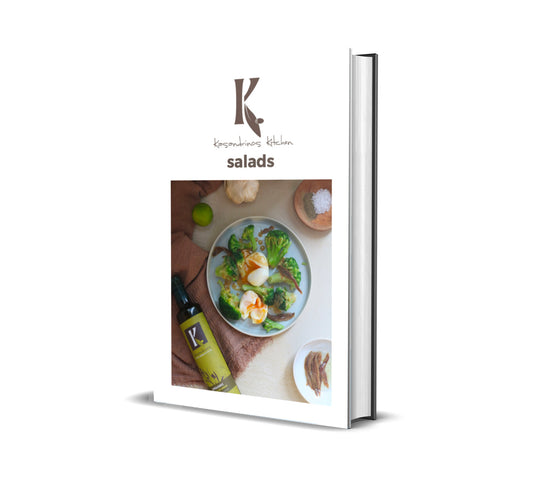Are there differences between olive oils and which are they?
There’s a lot of olive oil information out there, but not a lot of good advice on how to get started and what to learn first to expand your olive oil wisdom. We realize that sometimes you have to start from the very beginning, learn all about the basics and build a solid foundation of knowledge on which you can start enhancing and intensifying your expertise. So, to become olive oil savvy you need to be fully aware of what exactly virgin olive oil is and which are the differences between olive oils. This is a guide that intends to offer a little direction, as well as help you become more confident when it comes to buying olive oil and guide you to the point where you can taste the differences in quality.
Extra virgin olive oil is the highest quality of olive oil that you can get. It’s unrefined and has a lower level of oleic acid than any other type of olive oil. It retains more of its natural micronutrients a.k.a vitamins and various minerals as it maintains the purity and taste of the olive fruit. (Yes, olives are classified as a fruit and you can read all about it on this post here.) There are no chemical treatments involved in the production of it and it’s also cold-pressed, which means it’s not altered by temperature in any way. It’s a brilliant source of healthy fats and antioxidants. It has a deep golden-green color and a distinctively rich taste with fruity hints and a peppery aftertaste. If you love dipping your bread into olive oil this is the one to trust for the ultimate virgin olive oil is next in line. Very similar to an extra virgin but with a higher level of oleic acid. It's still an unrefined oil, extracted from the olives without using heat or chemicals, by mechanical means. So, again, it’s made by grinding olives into a paste and pressing them to extract the oil. It makes a good cooking oil and it has a good quality, aroma, and taste but not as extraordinary as an extra virgin bottle of olive oil.
Regular olive oil is less expensive but that comes with a different kind of price. It consists of a blend of virgin olive oil and refined oils so you get less aroma, less flavor, less color. Heat and perhaps chemicals might be used in the production and extraction process to deal with and remove any potential flaws from the olive fruit. It’s considered an all-purpose cooking oil as it has a more neutral taste and lack of strong aromas but the overall quality is significantly lower compared to the crème de la crème of olive oils – obviously, we are talking about the extra virgin! Whether you’re a beginner or an expert, we do not recommend choosing refined oils if you are after gaining an improved sense of olive oil taste.
We hope that this mini-guide was eye-opening and that we helped you shift towards the right direction to get a better grasp of the basics of the olive oil world. Understanding the fundamentals of olive oil is a great way to start your journey! And while you are at it, feel free to stop by our recipe section and see what’s for dinner tonight!






